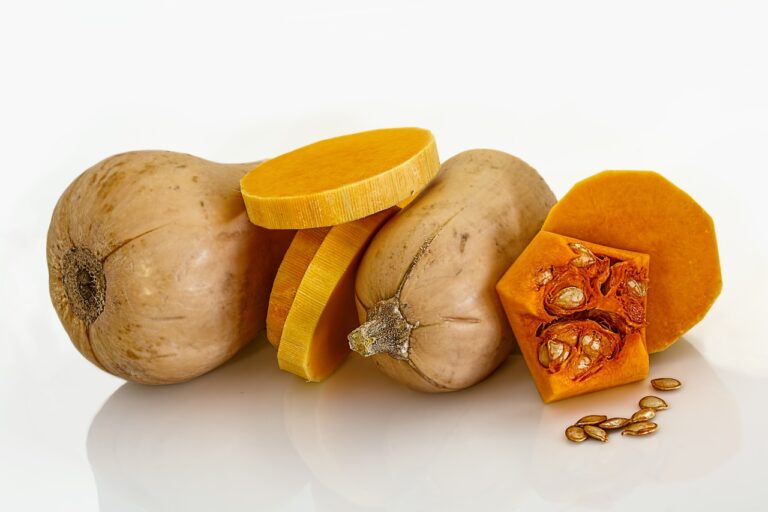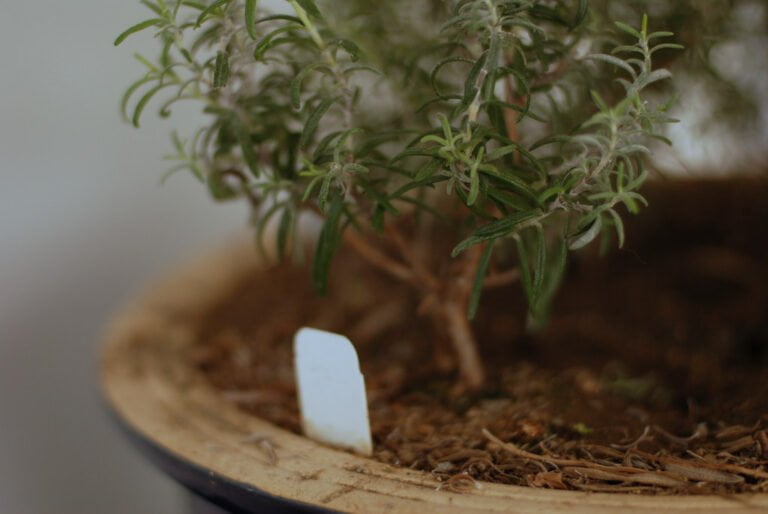Understanding the Isbar Chick: A Comprehensive Guide
Are you curious about Isbar chicks? Look no further! In this comprehensive guide, you'll discover everything you need to know about these unique birds. From their characteristics and different breeds to their care, feeding, and integration into your flock, we've got you covered. Whether you're a seasoned chicken keeper or just starting out, understanding the Isbar chick will help you provide the best care for these delightful feathered friends. So, let's dive in and learn all about the fascinating world of Isbar chicks!
What Is an Isbar Chick
If you're wondering what an Isbar chick is, it is a unique breed of chicken that originated in Sweden. These adorable little chicks are known for their strikingly beautiful appearance and friendly nature. With their vibrant blue or green feathers, they are a sight to behold in any backyard or farm. Isbar chicks are also excellent egg layers, producing an average of 200 to 250 large brown eggs per year. They are quite hardy and adapt well to various climates, making them a popular choice for chicken enthusiasts around the world. Isbar chicks are also known for their docile temperament, making them ideal for families with children or those who desire a peaceful and harmonious flock. With their stunning appearance and impressive egg-laying abilities, Isbar chicks are a true delight to have in any chicken coop.
Characteristics of Isbar Chicks
Isbar chicks possess a number of distinctive characteristics that make them a sought-after breed among chicken enthusiasts. These chicks are known for their stunning appearance. With their unique lavender or blue feather color, they are sure to catch everyone's eye. Isbar chicks are also incredibly friendly and docile, making them a great choice for those who desire serving others. They are known to be gentle and easily handled, making them a perfect addition to any backyard flock. In addition, Isbar chicks are excellent layers, producing around 200 large, light brown eggs per year. They are also quite hardy and can adapt well to various climates, making them suitable for both warm and cold regions. With their striking appearance, friendly nature, and impressive egg-laying abilities, Isbar chicks are truly a remarkable breed.
Choosing the Right Isbar Chick Breed
Now that you understand the characteristics of Isbar chicks, it's time to delve into choosing the right breed for you. When it comes to selecting the perfect Isbar chick, there are a few factors to consider. First, think about the purpose of raising these chickens. Is it for their attractive appearance, their egg-laying capabilities, or both? Isbars are known for their unique and vibrant feather colors, so if you're looking for a visually stunning addition to your flock, this breed is a great choice. Additionally, Isbars are excellent layers, producing around 200-250 large, blue or green eggs per year. Another important consideration is the climate in which you live. Isbars are hardy birds that can withstand colder temperatures, making them suitable for colder regions. Lastly, think about the space you have available. Isbars are active and love to forage, so providing them with ample space to roam and explore is essential. Keeping these factors in mind will help you select the right Isbar chick breed that suits your needs and preferences.
Isbar Chick Care and Feeding
To properly care for and feed your Isbar chick, it is important to establish a routine and provide them with the necessary nutrients. Begin by setting up a clean and comfortable brooder for your chick. Ensure they have enough space to move around and access to fresh water at all times. As for feeding, start with a high-quality chick starter feed that is specifically formulated for their nutritional needs. This feed contains essential vitamins and minerals that support their growth and development. Gradually introduce small amounts of finely chopped greens and fruits to their diet to provide additional nutrients. Monitor their weight and adjust their feeding schedule accordingly. Remember to always provide a balanced diet and a clean environment to keep your Isbar chick happy and healthy.
Isbar Chick Housing and Environment
Set up a spacious and clean brooder with comfortable bedding and proper ventilation for your Isbar chick. A brooder box, large enough to give your chick room to move around, is essential for its well-being. Line the bottom of the brooder with clean bedding, such as pine shavings or straw, to provide a soft and warm surface. Make sure to maintain a clean environment by regularly removing droppings and replacing soiled bedding. Good ventilation is crucial to prevent the buildup of ammonia fumes, which can be harmful to your chick's respiratory system. Place a heat lamp or heating pad in the brooder to maintain a temperature of around 95 degrees Fahrenheit during the first week, gradually reducing it by 5 degrees each week. This setup will ensure that your Isbar chick grows up in a safe and comfortable environment.
Isbar Chick Health and Common Issues
To keep your Isbar chick healthy, it is important to be aware of common health issues. These adorable little chicks are generally hardy and easy to care for, but like any living creature, they can still experience health problems. One common issue is pasty butt, where droppings stick to the chick's vent, blocking it and preventing them from properly eliminating waste. This can be easily resolved by gently cleaning the vent with warm water and a soft cloth. Additionally, be on the lookout for signs of respiratory infections, such as coughing, sneezing, or wheezing. If you notice any of these symptoms, it's best to consult a veterinarian for proper diagnosis and treatment. By being proactive and attentive to your Isbar chick's health, you can ensure they have a happy and thriving life.
Isbar Chick Behavior and Socialization
Your Isbar chick's behavior and socialization play a crucial role in their overall well-being and development. Socializing your Isbar chick is essential to ensure they grow up to be well-adjusted and friendly birds. From an early age, it's important to handle your chick gently and frequently to help them become accustomed to human interaction. This will help them feel comfortable and less stressed when being handled later in life. Additionally, providing opportunities for your Isbar chick to interact with other chickens is vital for their social development. Allowing them to spend time with older, more experienced chickens will help them learn important behaviors and establish a pecking order. This socialization process will contribute to their overall happiness and help them integrate well into your flock, creating a harmonious and thriving chicken community.
Isbar Chick Egg Production
When raising an Isbar chick, you'll be excited to witness their egg production as they mature. Isbar hens are known for their impressive egg-laying abilities, making them a valuable addition to any flock. These beautiful birds typically start laying their first eggs around 5-6 months of age, depending on the individual bird and environmental factors. Isbar hens can lay about 200-250 eggs per year, which is quite impressive considering their small to medium size. The eggs they produce are a stunning shade of moss green or blue, adding a unique touch to your egg collection. With their excellent laying capabilities, Isbar chicks are a reliable source of fresh, nutritious eggs, ensuring that you always have a steady supply for yourself and others.
Isbar Chick Breeding and Reproduction
If you want to breed Isbar chicks, you need to understand their reproductive process. Isbars are known for their excellent egg-laying abilities, but successful breeding involves specific considerations. Isbars are a dual-purpose breed, meaning they are bred for both egg production and meat. When it comes to reproduction, Isbar hens usually start laying eggs at around 5-6 months old. To increase the chances of successful breeding, it is important to have a ratio of one rooster to every 8-10 hens. The rooster's role is crucial in fertilizing the eggs. Isbars are known for being good mothers, often brooding and hatching their own eggs. However, if you plan on incubating the eggs, maintaining optimal temperature and humidity levels is essential. By understanding the Isbar chick's reproductive process, you can ensure the successful breeding and reproduction of these delightful birds.
Isbar Chick Integration Into Your Flock
To successfully integrate Isbar chicks into your flock, ensure that you have a proper understanding of their social dynamics and introduce them gradually to the existing hens. Isbar chicks are naturally curious and social creatures, but introducing them too quickly can cause stress and conflict within the flock. Start by keeping the chicks separated from the adult hens for the first few weeks, allowing them to grow and develop in a safe environment. During this time, they can observe and interact with the older hens through a wire barrier, getting familiar with their presence. Once the chicks are around 8 weeks old, it's time to introduce them slowly to the flock. Start by allowing the chicks supervised free-range time with the adult hens, gradually increasing their exposure to each other. Observe their interactions closely, and if any aggression occurs, separate them immediately. With patience and careful monitoring, your Isbar chicks will integrate smoothly into your flock, creating a harmonious environment for all.
Conclusion
In conclusion, understanding the Isbar chick is essential for anyone considering raising this unique breed of chicken. From their distinctive characteristics and breed selection to their care, feeding, and housing needs, there is much to learn about these fascinating birds. Additionally, their behavior, socialization, egg production, and breeding aspects should be carefully considered. By integrating Isbar chicks into your flock, you can enjoy the beauty and benefits that these charming birds bring to your poultry endeavors.






